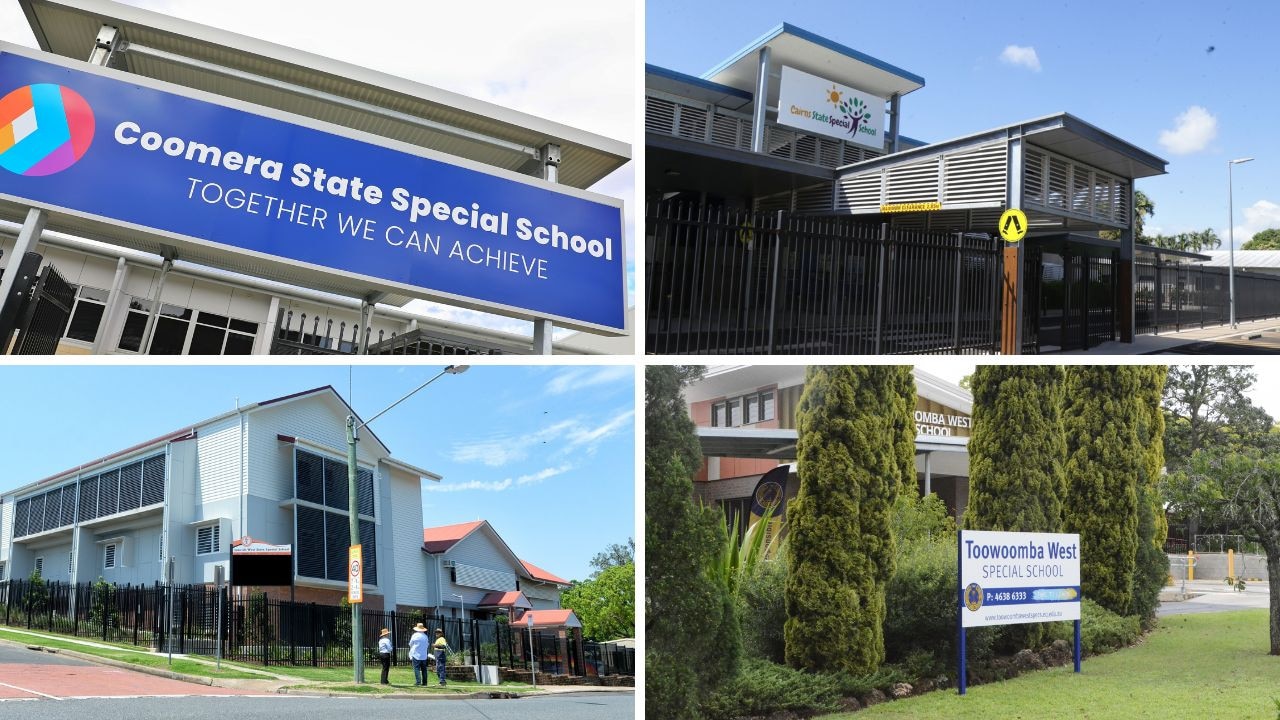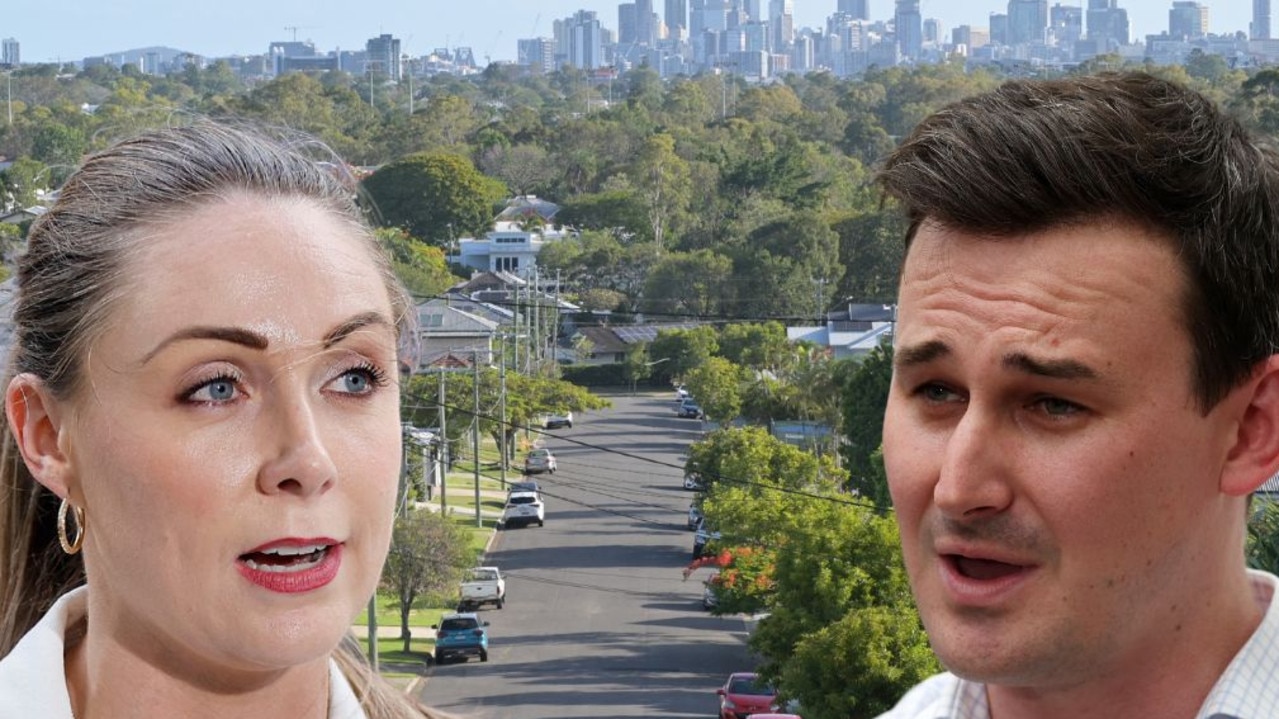Qld hospital crisis: Rural doctors enduring worst stress in decades
Regional doctors are stressed and patients can’t get care despite $150 million being poured into band-aid solutions to a worker shortage.

QLD News
Don't miss out on the headlines from QLD News. Followed categories will be added to My News.
Regional doctors are experiencing their worst stress in three decades and patients can’t get care despite taxpayers pouring $152 million into temporary “band-aid” solutions in just 15 months.
Experts have decried the chronic workforce shortage across the whole state as figures reveal Queensland Health’s 2022 bill for fly-in locum doctors is already on track to surpass last year’s cracking $118 million expenditure, costing $34 million from January to March.
Despite the cash, some towns still can’t find locum doctors – who get paid as much as $2000 a day to fly into town – due to the lack of medical staff.
The hard data follows Queensland Health’s acting chief operating officer David Rosengren admitting to “significant challenges around workforce” across the whole state.
“We don’t have enough doctors, nurses, allied health professionals, administrative staff, ward clerks, ambulance officers even in Brisbane,” he said as he addressed unprecedented hospital demand this week.
Queensland Nurses and Midwives’ Union president Beth Mohle said workforce issues were never planned properly.

“Every year they know that towns will be left without doctors and they never plan it,” she said.
“It’s not only about funding the beds, it’s about funding the staff for them.”
Ms Mohle said solutions were in “fundamentally doing things differently”, suggesting nurse-led clinics in regional communities could help.
McKinlay Shire Mayor Phillip Curr said his western community’s multimillion-dollar Julia Creek hospital opened recently but was downgraded almost immediately through lack of staff.
The community of 800 has no local doctors or nurses, with a locum doctor meant to fly in Wednesday to Friday.
“They’re there Wednesday lunch to Thursday lunch if we’re lucky. There are weeks where no one comes,” he said.
Flinders Shire Mayor Jane McNamara said Hughenden, southwest of Townsville, was rejoicing after securing a permanent doctor after four-and-a-half months with locums that couldn’t always be sourced.
Rural Doctors Association of Queensland president-elect Matt Masel said the workforce shortage was getting worse.
“It (change) starts with training doctors in rural and remote areas,” Dr Masel said, who works as a Goondiwindi GP and at the local hospital.
“If you’re training people in metro areas you won’t entice them to come out.”

Dr Masel also said doctors should be allowed to work between GPs and hospitals in all regions and there should be a major review of Medicare.
“If we don’t support the GP then the hospital services are going to suffer further,” he said.
Meanwhile Health Minister Yvette D’Ath called on the Commonwealth to reverse its decision to freeze the indexation of the Medicare rebate to incentivise people to move regional.
Health Workforce Queensland chair and Dalby’s Myall Medical Practice part-owner Ross Maxwell said GPs were experiencing their “worst stress” in 30 years following a halt in overseas-trained doctors plugging gaps.
“If you look at the doctor numbers 30 years ago to now it doesn’t look so terrible but there is a significantly older population now,” he said, adding many young doctors wanted the financial “security” of working in the public health system.
“I do think they (authorities) really have to look at how general practice is rewarded financially,” he said.
Dr Maxwell wants the “anti-innovative” Medicare funding model reformed and for nurses to be allowed to do more.
“I feel like sometimes what we’re trying to do is put lipstick on a pig,” he said.
More Coverage
Originally published as Qld hospital crisis: Rural doctors enduring worst stress in decades




